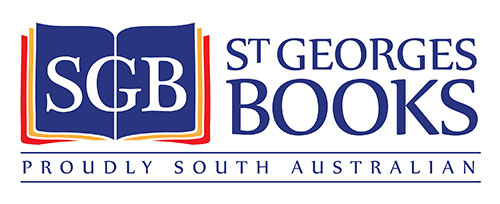Understanding Year 3 Maths: Australian Curriculum Edition
Edition:
1
ISBN:
9781741307924
Publisher:
FIVE SENSES EDUCATION
Published Date:
Price:
$32.95
| This book provides a structured and clear interpretation of the Australian mathematics curriculum, detailing what a child is required to know by the end of Year 3. It covers the syllabus topic by topic, explaining what is to be taught and how it is being taught in Australian classrooms. It is a comprehensive, well-presented and easy to understand book which provides an ideal reference for parents to consult when they wish to provide assistance in supporting the development of their child's mathematical understanding. It is most important for a child to be aware that each sub-strand is not an isolated topic but is interrelated with the others, and also with other subjects, for example, science and geography. Technology such as computers, touch pad applications and calculators should be utilised as an aid, when appropriate. In Year 3, the emphasis is on mathematical experiences that are meaningful in real life. These experiences should build on learning acquired from Kindergarten through Year 2. Students should be encouraged to select appropriate procedures in problem solving, to justify and give reasons for their choice, and to assess the reasonableness of their answers. The Australian National Curriculum, developed by ACARA, states that, by the end of Year 3, students should be able to do the following: •recognise the connection between addition and subtraction. •solve problems using efficient strategies for multiplication. •model and represent unit fractions. •represent money values in various ways. •identify symmetry in the environment. •match positions on maps with given information. •recognise angles in real life situations. •interpret and compare data displays. •count to and from 10 000. •classify numbers as either even or odd. •recall addition and multiplication facts for single digit numbers. •correctly count out change from financial transactions. •continue number patterns involving addition and subtraction. •use metric units for length, mass and capacity. •tell the time to the nearest minute. •make models of three-dimensional objects. •conduct chance experiments and list possible outcomes. •carry out simple data investigations. |


